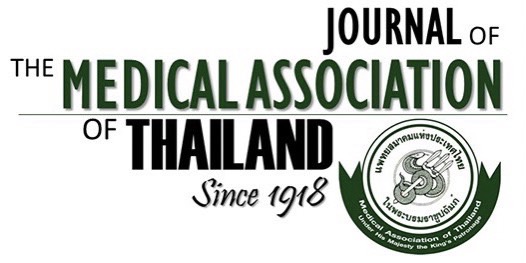Study of Curcumin on Microvasculature Characteristic in Diabetic Rat’s Liver as Revealed by Vascular Corrosion Cast/Scanning Electron Microscope (SEM) Technique
Wipapan Khimmaktong MSc*,**, Hattaya Petpiboolthai MSc*, Busaba Panyarachun PhD*, Vipavee Anupunpisit PhD*
Affiliation : * Department of Anatomy, Faculty of Medicine, Srinakharinwirot University, Bangkok, Thailand ** Department of Anatomy, Pramongkutklao Collage of Medicine, Bangkok, Thailand
Objective : To investigate the effect of curcumin on the structural change of microvasculature in STZ-induced diabetic rat’s
liver.
Material and Method: Diabetic rats were induced by streptozotocin (60 mg/kg BW). Male rats were divided into three
groups, control (C), diabetic (DM) and diabetic rats treated with curcumin (DMC) (200 mg/kg BW). After 8 weeks of
experiments, blood vessels of rat’s liver were studied under conventional light microscope (LM) and vascular corrosion cast
technique with scanning electron microscope (SEM).
Results : LM observation demonstrated that there were pathology and destruction of liver tissues and microvasculature in
diabetic animals. The sinusoids around central veins were dilated and filled with red blood cells. There was an accumulation
of lipid droplets in the cytoplasm of hepatocytes and hepatocyte nuclei showed pathological sign of pyknosis. Moreover, the
inflammation change of liver tissues revealed the infiltration of lymphocytes and increasing of collagen deposition in the area
of portal triad. In curcumin-treated rats, the distinguished recovery of liver tissues showed regained normal pattern of central
veins, sinusoids, hepatocytes and portal triad, when compared with liver tissues of control group. By using vascular
corrosion casting with SEM, the liver blood vessels of DM group revealed higher and expanded sizes, compared with control
group; proximal parts of portal veins (C = 577.75 + 126.23, DM = 892 + 35.79, DMC = 469.5 + 85.53 μm), distal parts of
portal veins (C = 76.72 + 1.48, DM = 200 + 31.05, DMC = 76.38 + 2.98 μm) and venules (C = 27.03 + 0.55, DM = 45.15
+ 5.03, DMC = 28.38 + 3.67 μm) and corresponding to increased blood volumes compared with control group; proximal
parts of portal veins (C = 20.8 + 1.28, DM = 62.2 + 3.39, DMC = 14.9 + 0.67 μm3), distal parts of portal veins (C = 0.46
+ 0.03, DM = 3.81 + 0.18, DMC = 0.41 + 0.05 μm3) and venules (C = 0.05 + 0.05, DM = 0.24 + 0.013, DMC = 0.05 + 0.05
μm3) respectively. Fascinatingly, liver microvasculature in curcumin treated group developed into regenerate and repair into
healthy and normal characteristics.
Conclusion : Efficiency of curcumin treatment beneficially repaired and regenerated liver tissues of diabetic groups and also
redeveloped the liver’s microvascular complications. These results optimistically demonstrated the potential use of curcumin
as a novel therapeutic agent in liver pathology of diabetic rats.
Keywords : Diabetes mellitus, Streptozotocin, Curcumin, Microvasculature, Vascular corrosion cast, SEM



